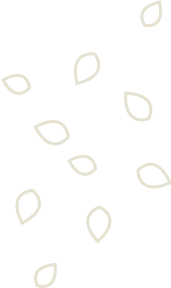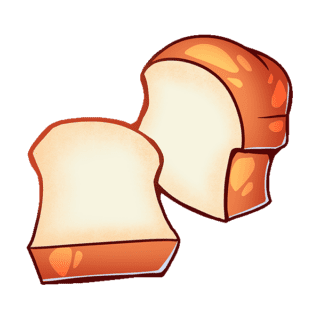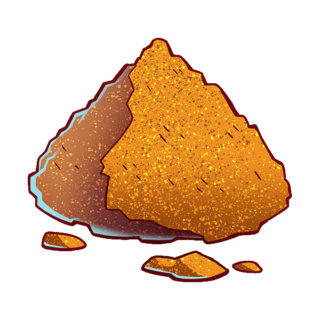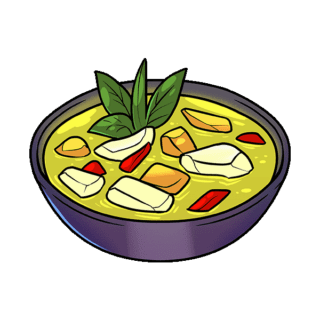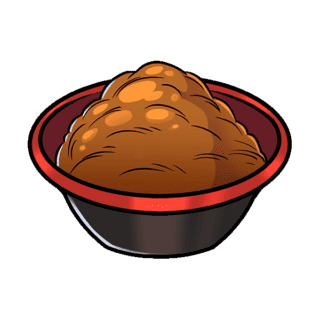Shokupan
Shokupan has its origins in the period right after World War II, when wheat provisions sent as food relief plus the bread preferences of American servicemen led to Japanese bakers’ invention. While bread was barely a part of the Japanese diet beforehand, now shokupan is a staple.
Unlike most breads, this loaf includes milk. It’s an ultra-fluffy white bread that’s sweet and soft but also richer than other white breads. While it can look like the cousin of brioche, it’s not that rich — brioche dough’s liberal dousing of butter and eggs makes it denser and chewy compared to the fluffiness of shokupan. It’s often baked similar to other doughs wherein multiple pieces are baked lightly touching each other — either in a row or in a two-by-two order — so that, once baked, they end up with a satisfying, soft pull-apart consistency.
There are two methods for making shokupan that result in two slightly different loaves: flat-top (kakugata) and rounded-top (yamagata). While the rounded-top style looks more like a conventional bread loaf, the flat-top version looks like an angular bread cube. This is achieved by baking with a lid on; the loaf retains more moisture during the cooking process and doesn’t rise into the dome shape we associate with breads. It makes it extra moist and chewy whereas the yamagata rounded-top shokupan is lighter and extra fluffy.
You can find shokupan in Uwajimaya’s deli department. And of course, if you’re looking to make your own from scratch, we have all those ingredients too!
